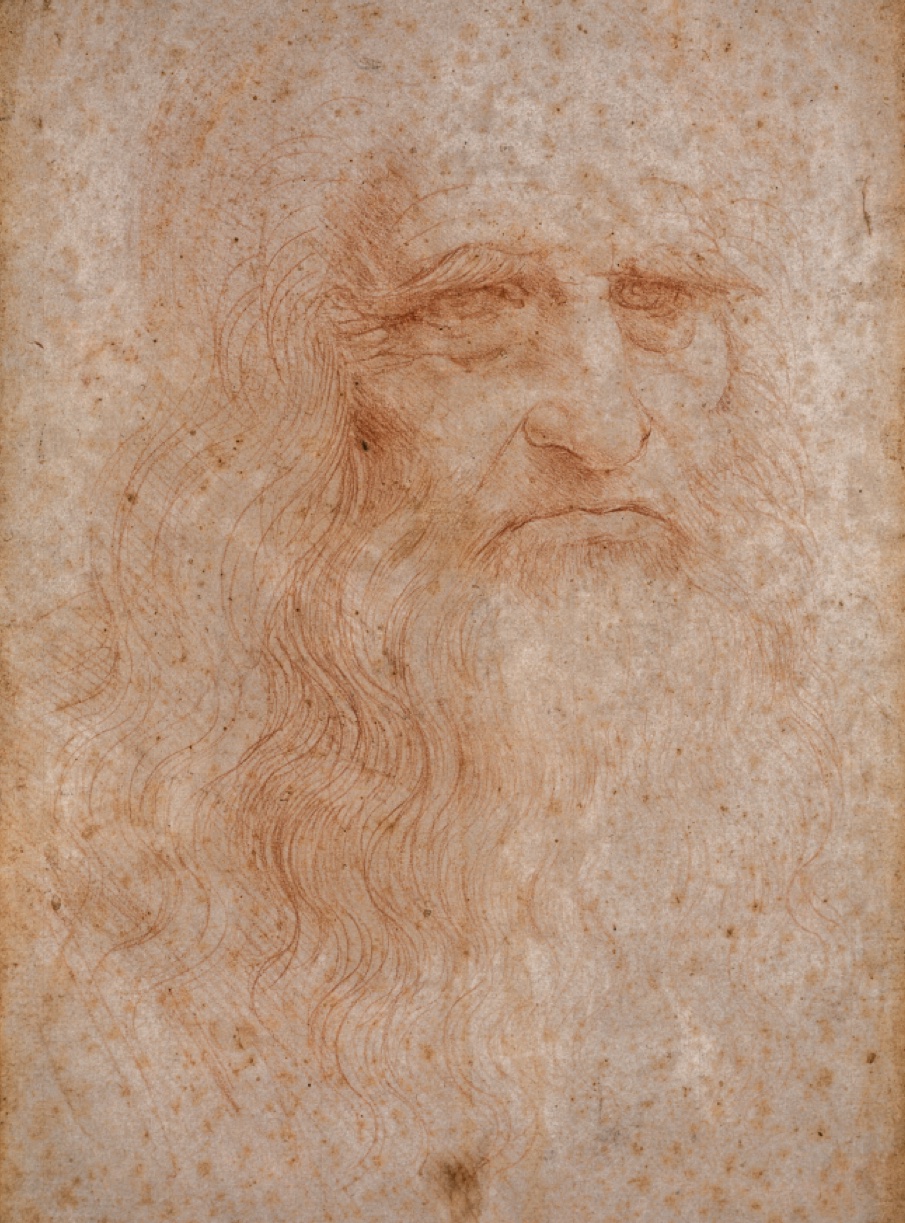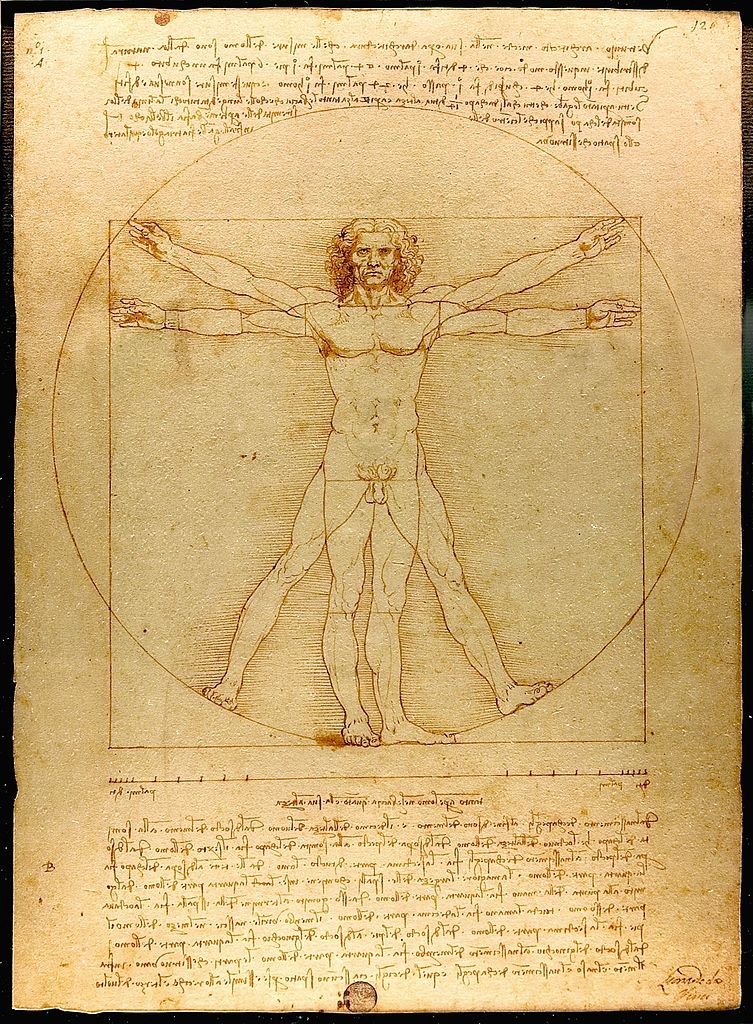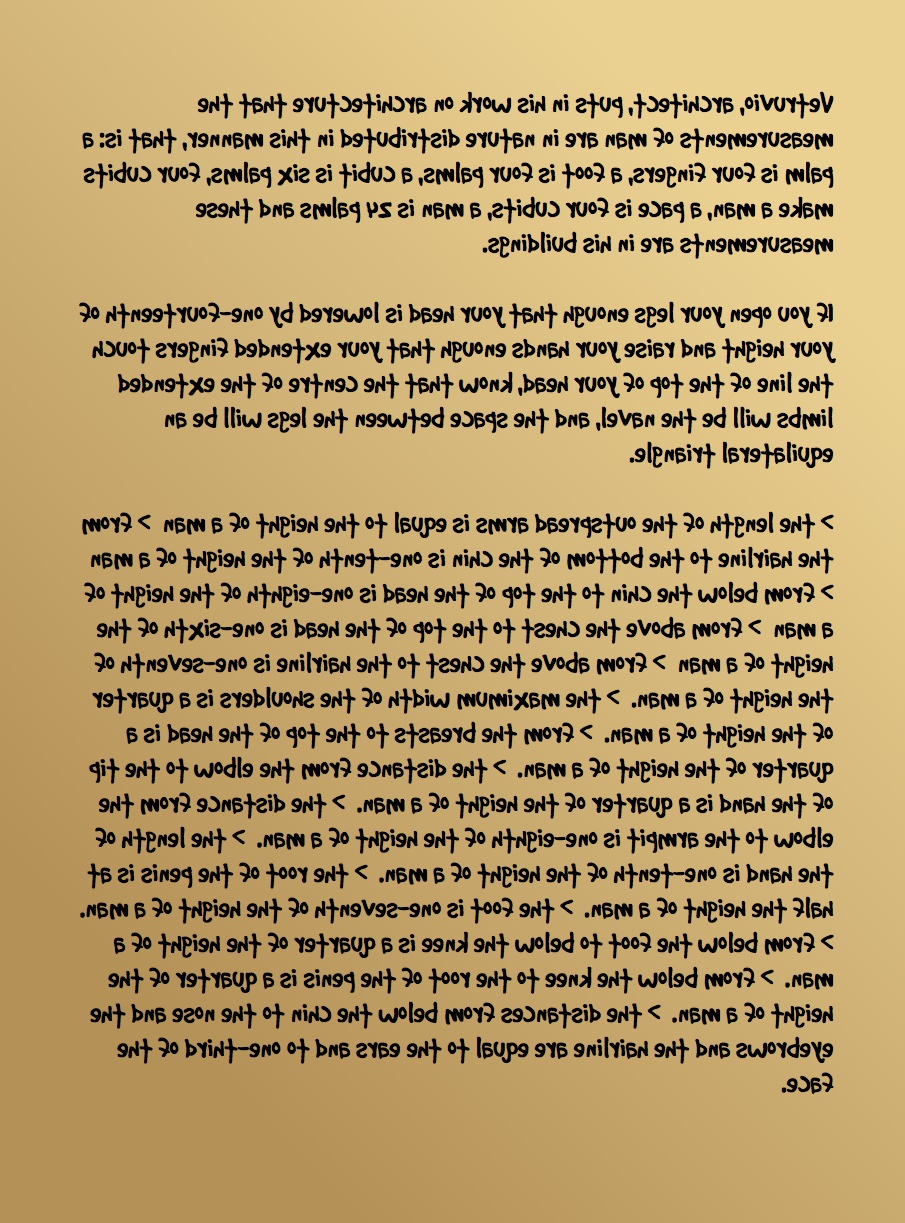

Cook Wash Dry Repeat tea towel
The Art of Drying
Cook Wash Dry Repeat tea towel
The Art of Drying
Cook Wash Dry Repeat tea towel
“Simplicity is the ultimate sophistication”
…Leonardo da Vinci
Perhaps this quote was in relation to Vitruvian Man as not only is it strikingly simple yet elegant, but within its composition lies a far greater level of complexity than initially meets the eye. Â At first glance, it appears to be two bodies superimposed on top of one another, but on closer examination, you can actually identify 16 different stances. The limbs are drawn from the front, side and three quarter angles.
Leonardo was the classic renaissance artist seeking to explore and understand the world through revisiting the works of the ancient Greeks and Romans. His work blends art and science, beauty and engineering.  Vitruvian Man was a study based on the work of 1st century BC roman architect Vitruvius.  In his treatise De Architectura, Vitruvius noted, “For if a man be placed flat on his back, with his hands and feet extended, and a pair of compasses centered at his navel, the fingers and toes of his two hands and feet will touch the circumference of a circle described therefrom. And just as the human body yields a circular outline, so too a square figure may be found from it.”Â
Leonardo not only studied the scripture, but further refined it. What makes his drawing different from other earlier interpretations, was that he drew both circle and square on top of one another. Within the circle, the navel is central. But splaying of the legs to make an equilateral triangle allows the introduction of the square, where the centre point moves to below the navel. With the two standing positions, you can clearly see the relationship between centre of the body and length of the arms and legs.
Today, Vitruvian Man is considered iconic and among the Leonardo’s most famous pieces, along with The Last Supper and Mona Lisa.


Presumed self portrait of Leonardo di ser Piero da Vinci, 1452 – 1519. Credit: WikiCommons, public domain.
Did you know?
The sketch was discovered in Leonardo’s personal notebooks. The study was for his self development and understanding of the human body and proportions.

Vitruvian Man. c 1490. Pen and ink with wash over metal point on paper. 34.6 cm × 25.5 cm (13.6 in × 10.0 in). Credit Wiki Commons. Public domain.

Full transcript of the accompanying text to Vitruvian man, rewritten in cartoon font.
The significance of the text
The text is significant as it is here, where Leonardo explains (in mirror writing, right to left as he drew left handed) the proportions of the body. To remain true to the original, above is written from right to left in mirror script. Enjoy!
Â
The Art of Everyday Life
Available online
The Art of Fashion
Vitruvian Man T-shirt hits the catwalk
Vitruvian man reinterpreted with a splash of catwalk fashion
Buy these T-shirts from my Aussie T-shirt Mill store or Threadless store
The Art of Drying
Cook Wash Dry Repeat tea towel
Vitruvian Man makes a modest appearance on the home tea towel
Buy a tea towel now on Etsy or save with DIY Spoonflower
The Art of Cooking
Vitruvian Man Potholder
Kitchen cooking continues with Vitruvian man helping out with hot pots and kitchen spills
Buy these potholders or aprons in navy blue or white from my Cafepress store
About ‘The Art of Series’
Timeless art favourites are interpreted through a cartoon filter and transported into everyday modern life. This project fuses famous art and everyday life by incorporating the actual product within the context of the art. Take a closer look and you’ll notice each product has a slightly different element subtly incorporated within the drawing. In this way, I hope to bring some fun to everyday life